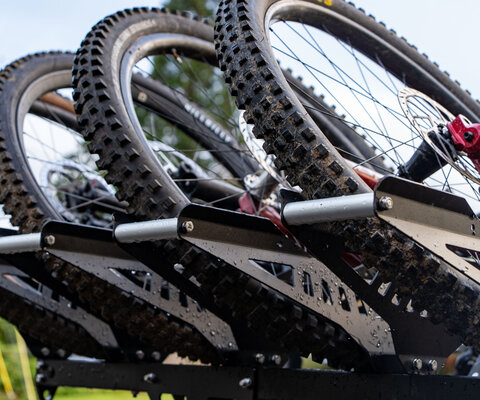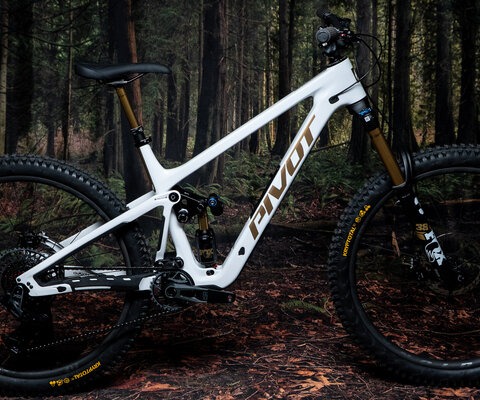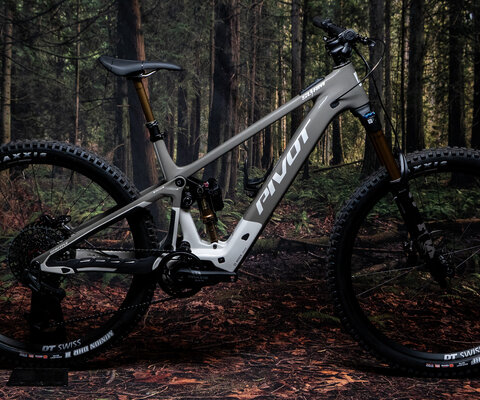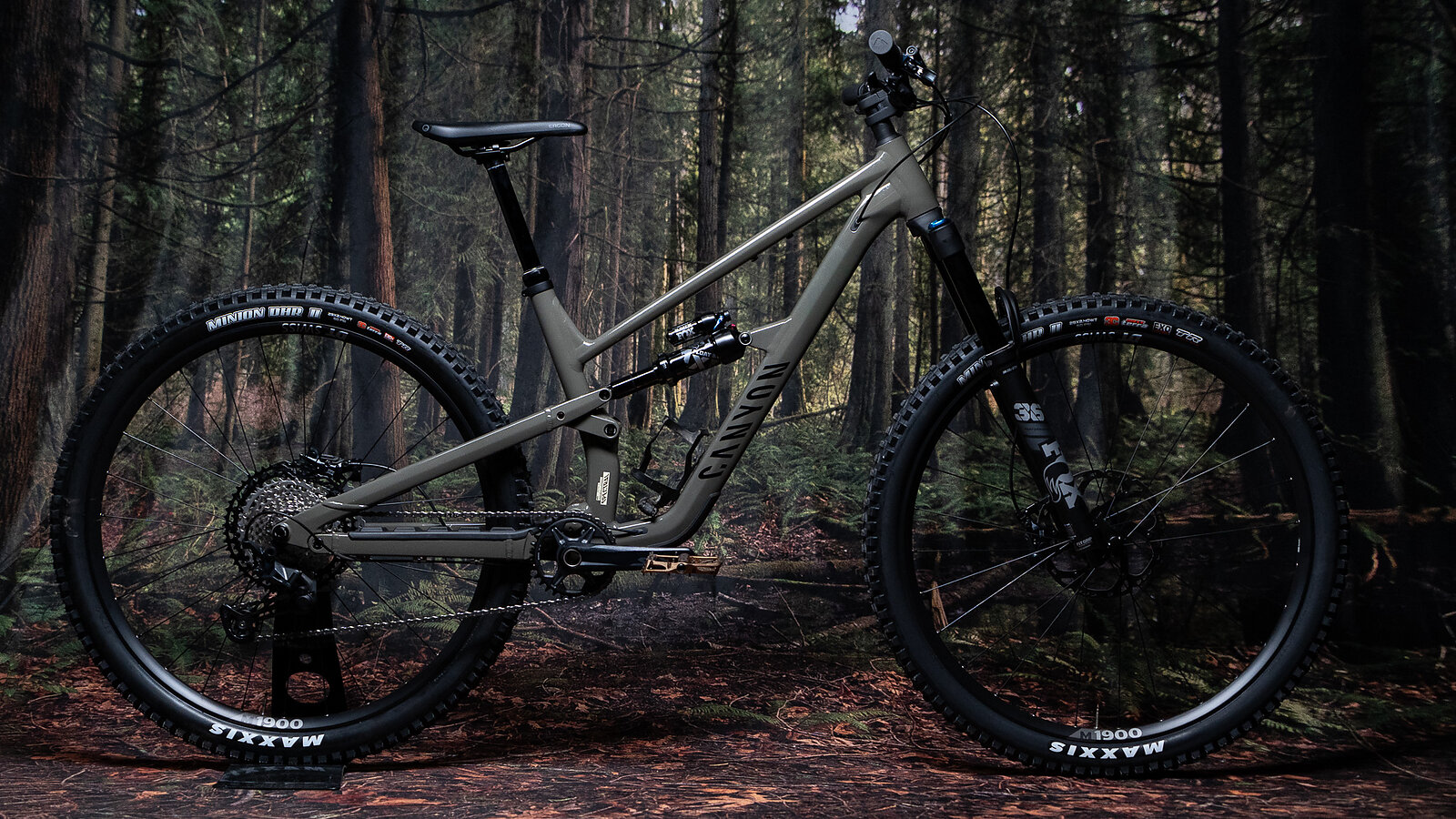
Canyon Spectral AL 6 Bike Review
Words and Photos by Cy Whitling
Light on the wallet and the trail.
Earlier this year Canyon released an aluminum version of its Spectral trail bike. On paper it’s a pretty simple proposition: take an award-winning formula, and replicate it in alloy to hit a lower-budget market segment. Sell a bike that will weigh a few pounds more, for a few thousand dollars less.
But Canyon didn’t exactly follow that formula. This is the third edition of the Spectral I’ve ridden in the last three years, and yes, it’s also the most affordable. But shockingly, it’s also the lightest. By, well, a lot. To the point that it’s one of the lightest bikes I’ve ever reviewed. So we’ll talk about that, as well as how it compares to other similar trail bikes.
Canyon Spectral AL 6 Overview
- Travel: 140 mm (rear) 150 mm (front)
- Wheel Size: 29”
- Size Tested: Medium
- Build Tested: AL 6
- Head Tube Angle: 64°
- Measured Weight: 31.44 lbs (14.26 kg)
- MSRP: $3,099
By the numbers the Spectral AL 6 is a very straightforward trail bike. Typical geometry numbers (if you readjust your sizing paradigm which we’ll get into later), typical travel, no weird proprietary stuff. But over the last few weeks I haven’t been able to stop discussing it with my bike friends, because there is more than meets the eye going on here.
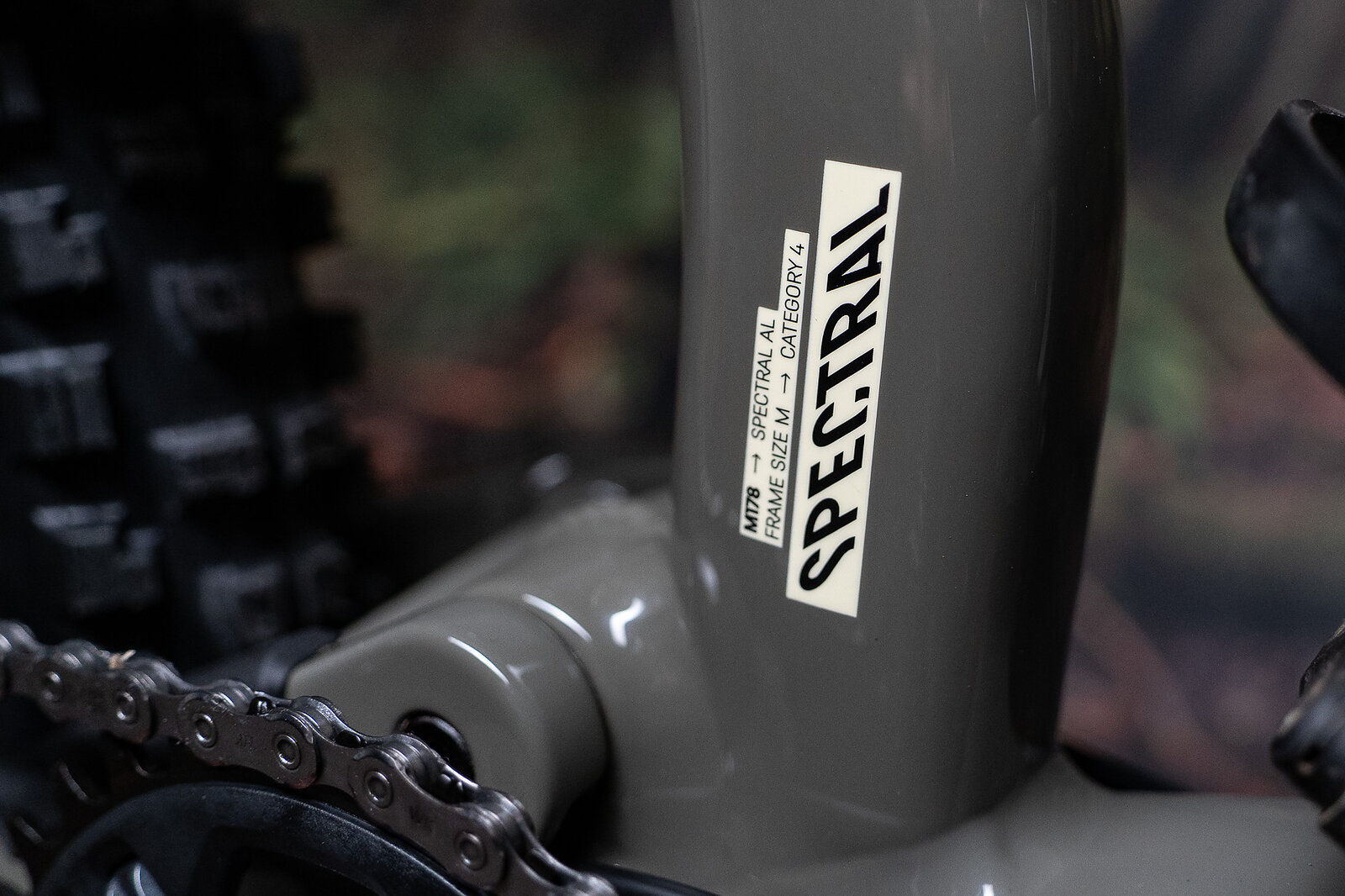
Canyon Spectral Frame Details
When I reviewed the most recent carbon Spectral, most of my words were spilled about the frame details. New internal storage, lots of flip chips, and of course, KISS, Canyon’s steering stabilizer. In contrast, the Spectral AL is very simple. No flip chips, no springs in the top tube, no internal storage. The geometry it comes with is the geometry you get.
There’s space for a water bottle on the downtube, mounts for accessories on the underside of the top tube, and not much else. The cables run internally, the frame has threaded steel inserts for hardware, and all of that hardware has torque specs engraved on it. It’s a simple frame, executed well.
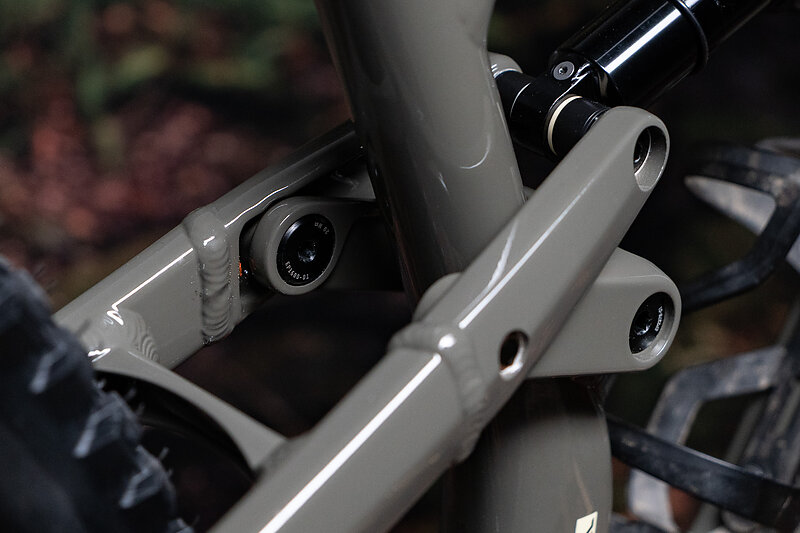
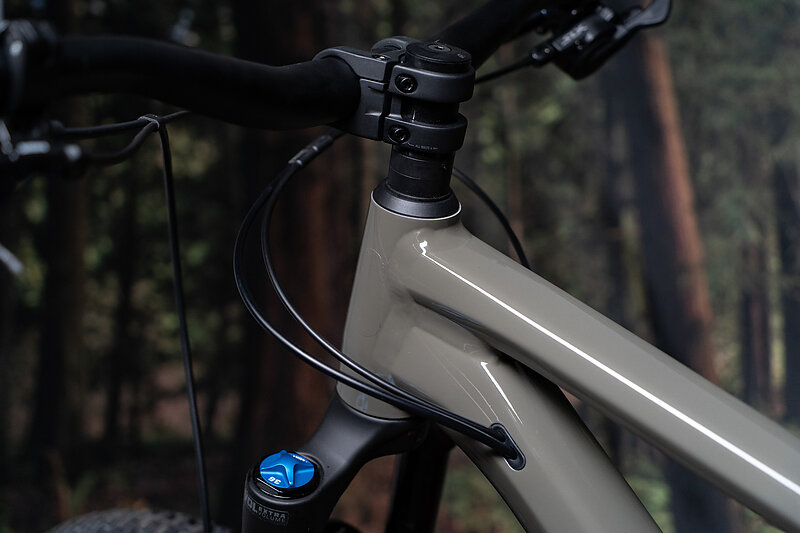
Canyon Spectral Sizing
When Canyon updated the Spectral AL in the spring of 2024, they effectively bumped all their sizes up one notch. Their previous large bikes had reach numbers around 475-485 millimeters, and now that reach range was covered by medium frames. Longer, lower, slacker is the way, right?
Uh, sort of. I was pretty frustrated by that geometry philosophy change back in 2024. I’m 6’2”, squarely a “large” on Canyon’s size chart, and I went from enjoying a large 481 millimeter reach 2023 Spectral Mullet to feeling too stretched out on a 500 millimeter large 2025 Spectral CF. I actually debated going down to a medium for that bike, but didn’t because Canyon is a direct to consumer brand. Its customers are more likely to read the size chart on the Canyon website, and buy a bike based on that, not based on the reach number compared to other bikes they like so I tried to review like a typical consumer.
All that to say, I was dismayed by how long the front end of the large Spectral CF felt, and by how much similarly-sized compatriots at other outlets liked the medium version of that bike. So I disregarded Canyon’s size chart this time, and went with the medium Spectral AL 6. This was the right call. Its 475-millimeter reach felt bang on for my 6’2” body. If you’re in the market for a Canyon, consider looking at the geometry chart and comparing it to your current bike, instead of just buying the T-shirt size you always buy.
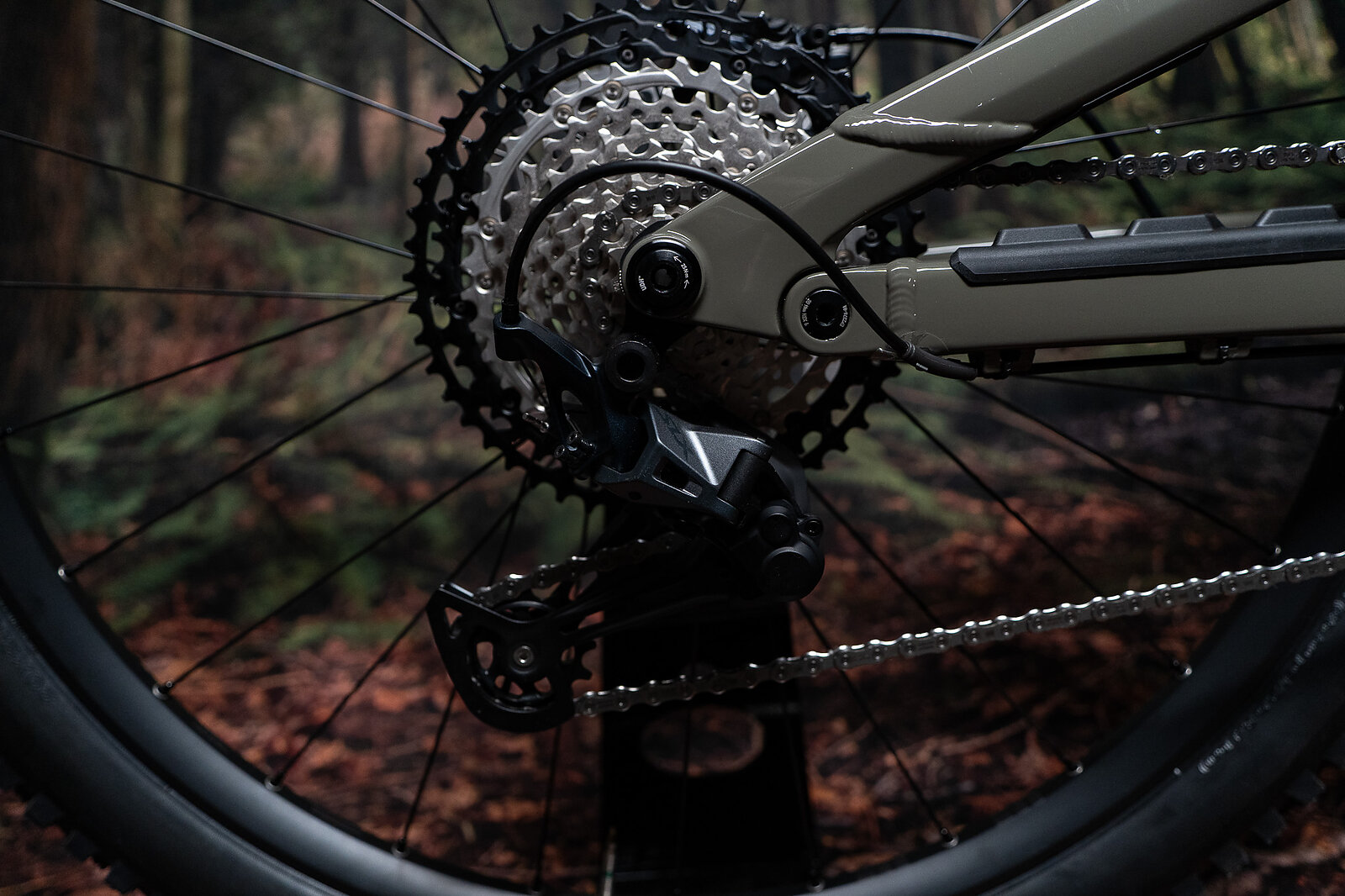
Canyon Spectral AL 6 Build
Over the last few years the “typical solid budget build” has solidified around Shimano’s Deore or SLX drivetrain and brakes, combined with Fox Performance level suspension. So bikes in this $3-4K range are better differentiated by the rest of the build. Canyon generally nailed those other details. Maxxis DHR II tires front and rear are a great combo. DT Swiss’s M1900 wheels are totally adequate, and Canyon’s house brand dropper works well and has an Ergon saddle mounted to it. That dropper is 200 millimeters long on a medium, which is great.
Canyon also takes care of the cockpit, which features a side-clamping stem and 31.8-millimeter bar. I quite like the Canyon grips featured on this bike, but I’ve heard from a few folks who find them to be too abrasive and uncomfortable. That’s an easy swap though.
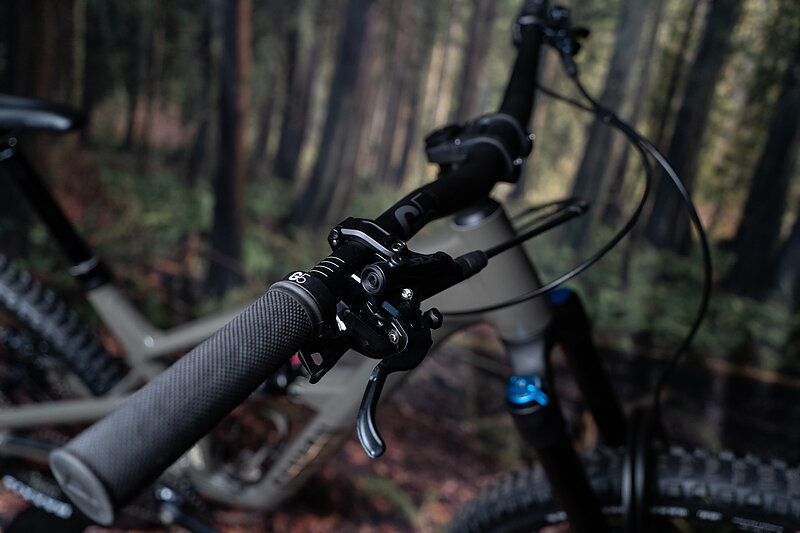
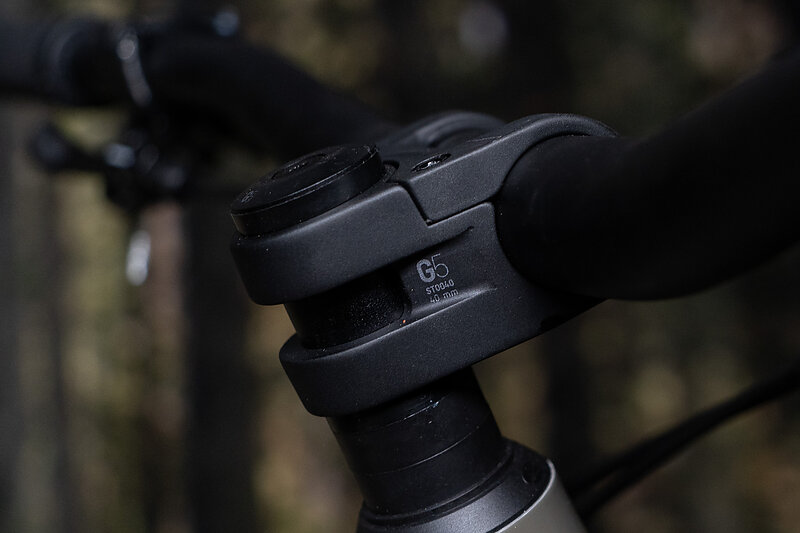
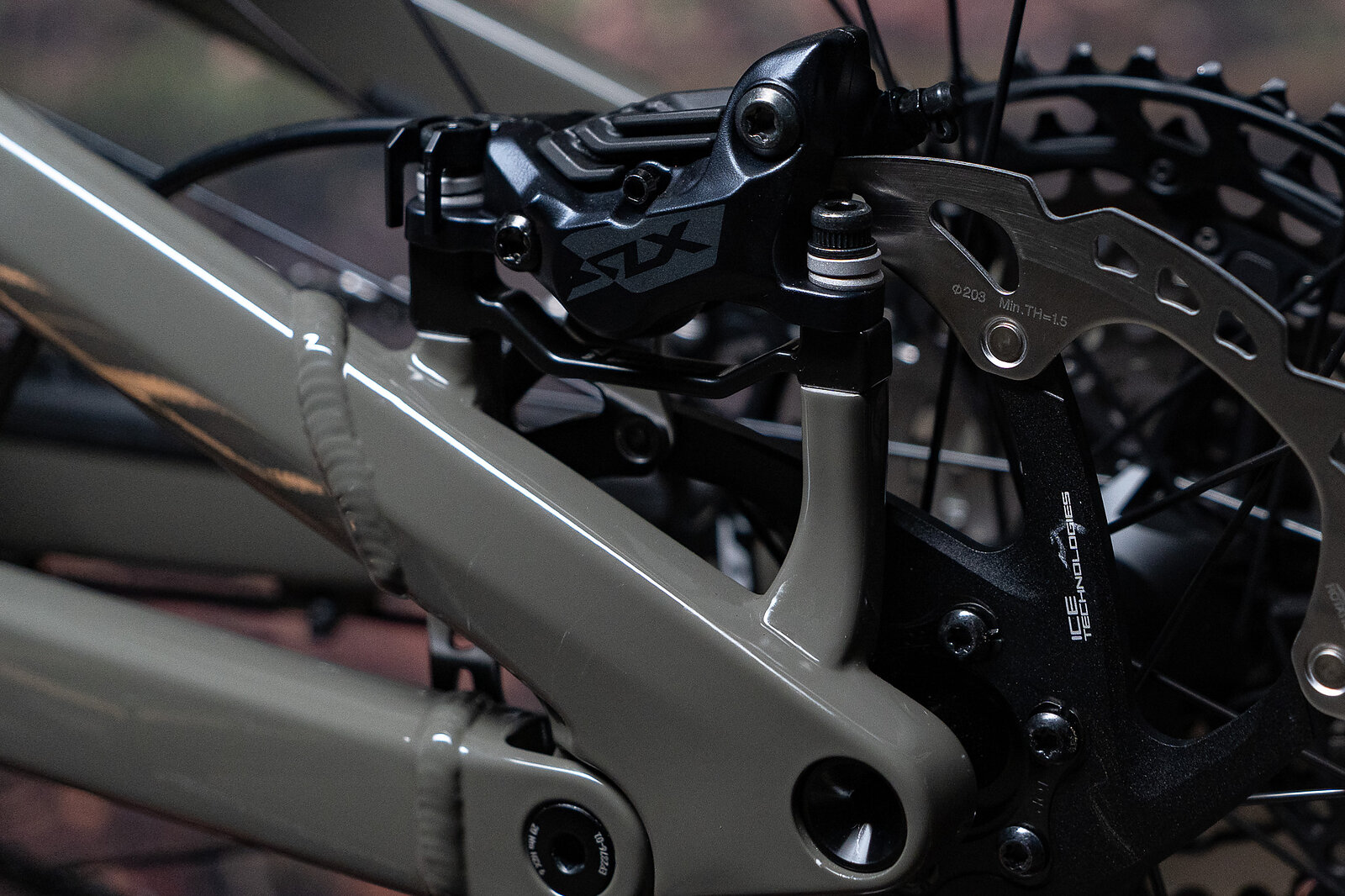
Unsurprisingly, the Shimano SLX components have performed well, I still prefer SLX 4-piston brakes over base level SRAM Motives, and the drivetrain shifts well for a build at this price. The same goes for Fox’s Performance level 36 and Float X. I could be completely happy riding this suspension on any bike.
Because Canyon sells bikes directly to consumers (DTC), its packaging and build details are dialed. It’s very easy to unbox a Canyon and get riding. The Spectral AL includes a shock pump, and reminders to use it on both the fork and shock before you ride.
However, it does come with tubes installed, and no accessories to convert it to tubeless. It also comes with more reflectors, and various plastic “commuter” accessories installed than any review bike I’ve used in recent years, which brings us to the next point.
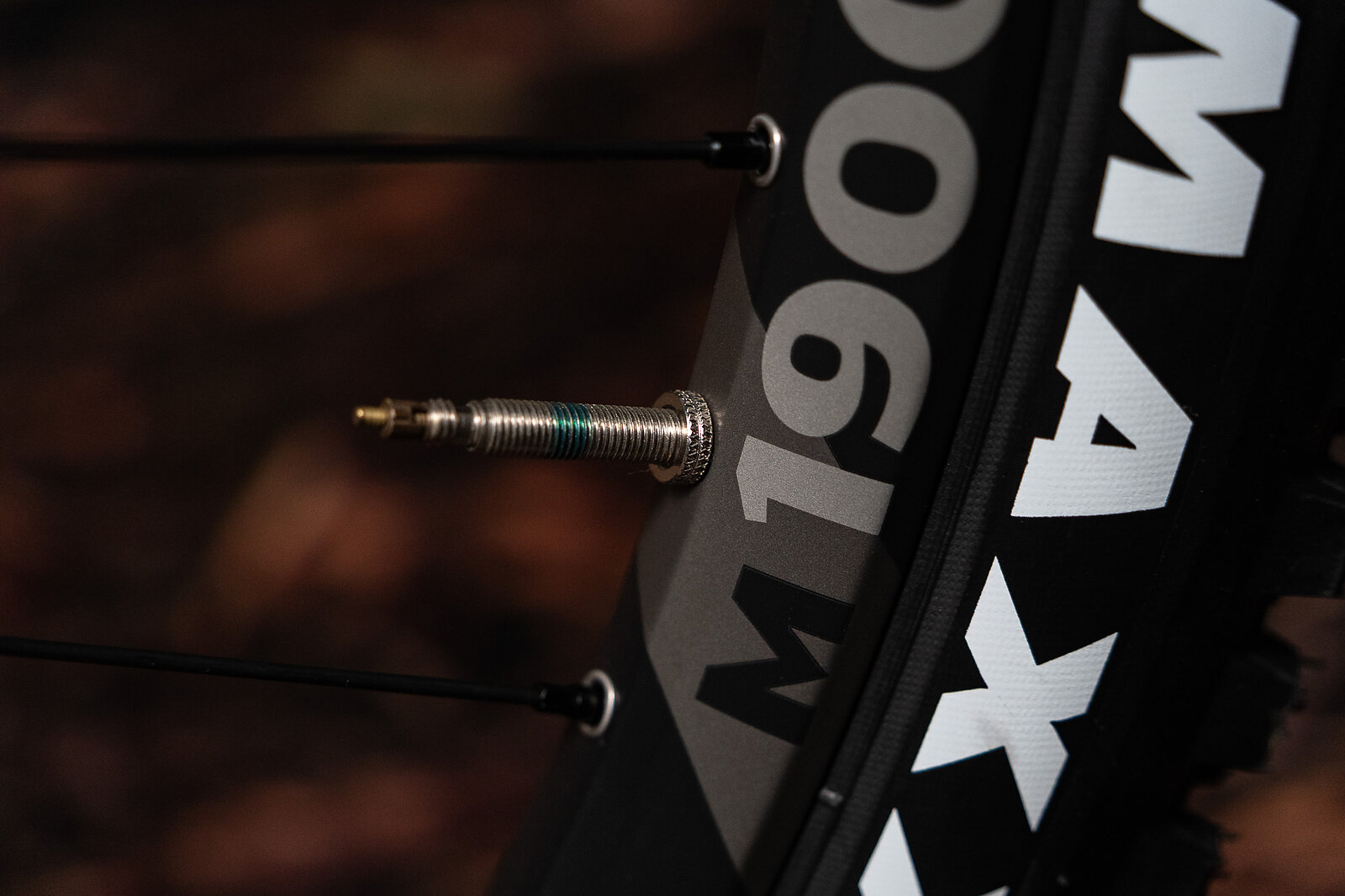
Amazon, REI, and DTC Bikes
Your local independent bike shop is not a Canyon dealer. However, many local REI stores are now authorized Canyon service centers. And Canyon bikes are now available on Amazon. This review is not going to devolve into a treatise on the death of local shops, and the woes of late-stage capitalism. But, this business model, which inarguably brings high-performing bikes like this one to a much more approachable price point, does have its downsides. So here are the three pain points the Spectral AL experience made me worry about for the DTC customer.
First, the sizing. If local shops sold Canyons and I worked at one, I’d be doing my best to make sure that every potential customer actually test-fit a bike, and at least rode it around the parking lot. In my opinion, DTC brands have less leeway to play fast and loose with sizing, and that’s exactly what Canyon did with its 2024 size philosophy change. If your customers can’t actually try your bikes before they buy, your sizing needs to be predictable.
Second, for me, is the unboxing experience. If you make the assumption that the DTC customer for a bike like the Spectral AL is less mechanically savvy, then this bike brings some frustrations. Real mountain bikes don’t—or, at least, shouldn't—come with tubes in 2025. Include sealant and valves. Preferably already installed. And yes, I know that there are probably liabilities that require Canyon to ship Spectrals with reflectors and a dork disk festooning the frame. But again, you’re doing a less-mechanically-equipped customer no favors when the bike comes with a bunch of extra crap bolted to it.
Finally, Amazon is not a bike shop. It does not have your back when a bike shows up with issues, or you need a routine service, or anything else. Customer service is one of the biggest challenges for DTC brands like Canyon, and selling on Amazon erodes any trust I had in that service to begin with. Maybe I’m an old man shaking his fist at clouds, but selling high-end mountain bikes (even the lower-priced ones) at evil-daddy-Bezos’s discount emporium does not make the world a better place.
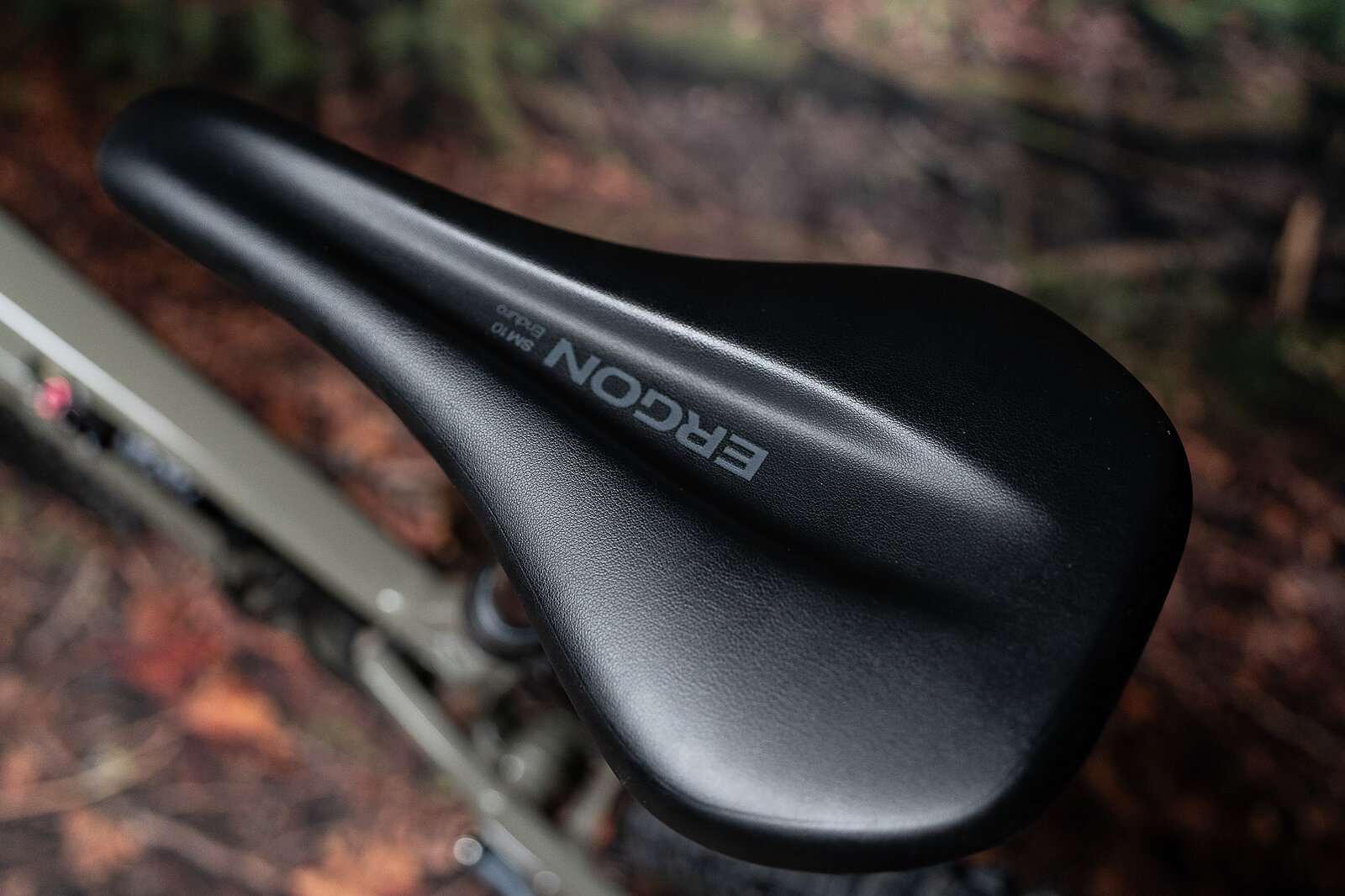
The (Very Lightweight) Elephant in the Room
I promise we’re going to talk about how this bike rides soon but, honestly, that might be the least interesting thing about the Spectral. This is the cheapest and lightest Spectral I’ve ever ridden. I know, I know, weight doesn’t matter. Heavier bikes ride better, etc, etc. But holy crap, this bike is light! Sub-32 pounds for a 140-millimeter trail bike that costs three grand? That’s some 2015 action!
It’s also much lighter than Canyon’s claimed 34.02 pound weight. And did I mention that that 31.4-pound number is with tubes installed!? I initially thought my scale was broken, but I double checked and confirmed that yes, this bike is indeed that light. It’s lighter than my Trek Top Fuel. It’s nearly three pounds lighter than the carbon version that I rode last year. And that’s with very affordable (read “not-weight-conscious”) components.
So often, when brands release alloy versions of trail bikes, they position them as the “bruiser” build. They upfork them, put on beefier tires, maybe a coil shock, and market them to the “run what ya brung” hard-charging crowd. Canyon didn’t do that here. This is a remarkably light aluminum frame.
If you want to build a lightweight trail bike at an affordable price, this frame might be the best starting point I’ve seen.
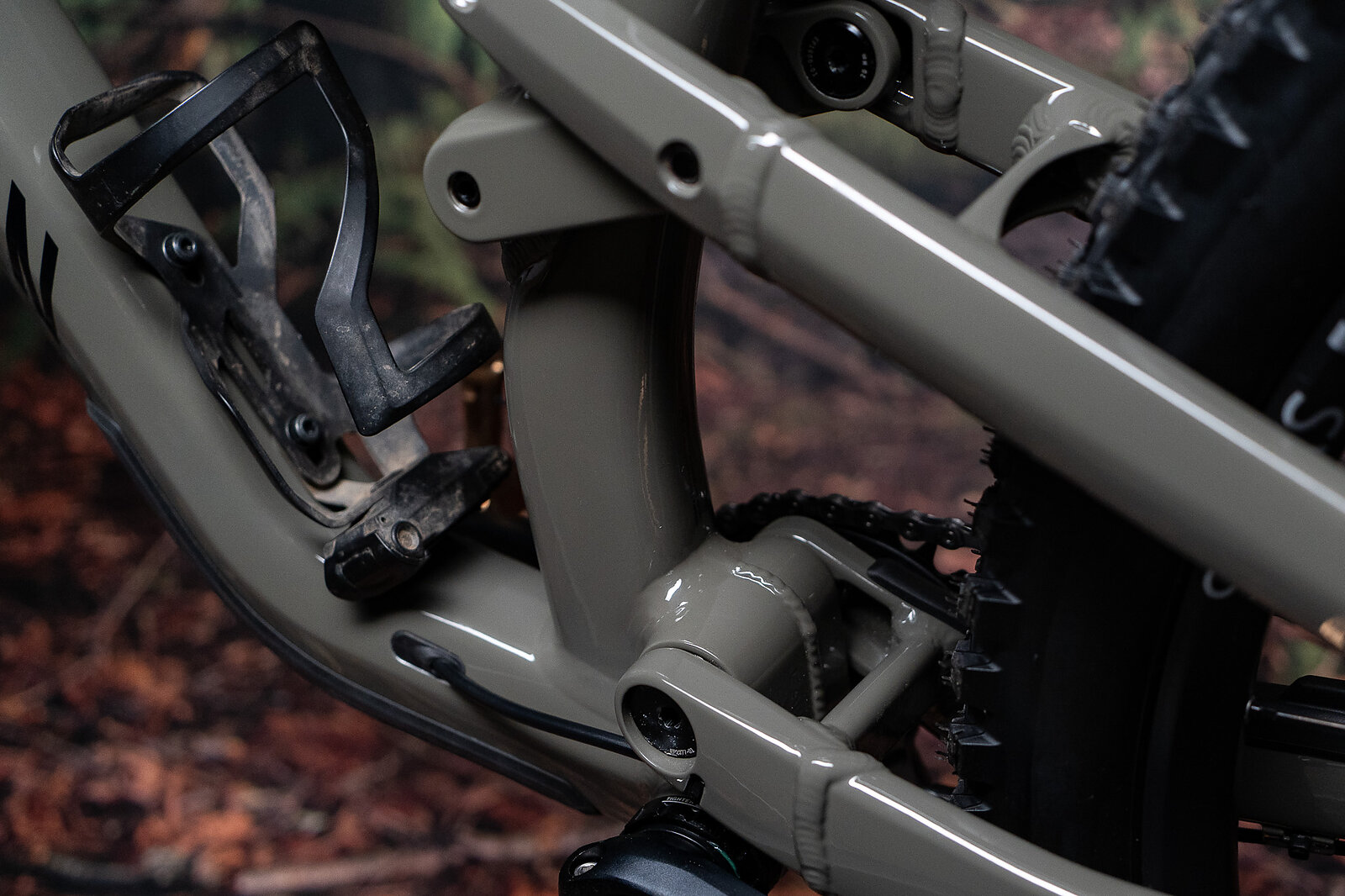
Riding the Canyon Spectral AL
Out on the trail the Spectral AL is fairly neutral. Some bikes in this travel range feel like undergunned brawlers who are eager to show you their true potential. Bikes like the Specialized Stumpjumper 15 or Cannondale Habit LT are chomping at the bit, ready to be let into steeper terrain and harder riding. In contrast, the Spectral AL just wants to ride trails. It can handle a bit of extra tech and chatter, and it doesn’t fall totally apart when pushed hard, but it doesn’t rise to those conditions. It also doesn’t pedal that efficiently, and I found myself using the shock lockout on any sort of pavement or gravel climbs, since it bobbed a fair bit.
The Specialized Stumpjumper 15 has very similar travel and geometry numbers to the Spectral AL, but I’ve found myself bumping the fork up to 170 millimeters, and spec'ing more aggressive tires, because the bike’s rear end holds up so well on more technical trails and big moves. In contrast, I’d be more likely to bump down to a lighter 140-millimeter fork, and faster-rolling tires on the Spectral. It’s a trail bike, not some sort of all-mountain machine.
I think there are two primary factors contributing to that sensation. The first is that this is far from the stiffest frame I’ve ridden. The rear end had a tendency to twist and displace a fair bit under hard cornering efforts. I weigh 200 pounds, and this bike never let me forget it.
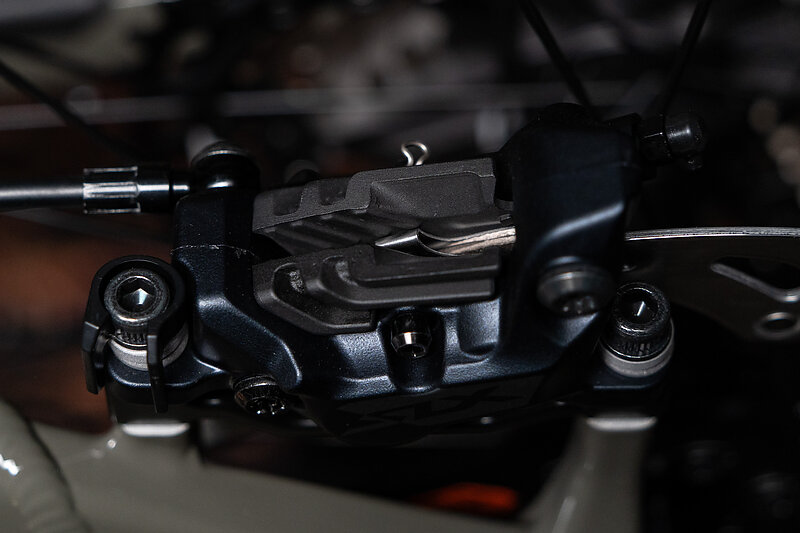
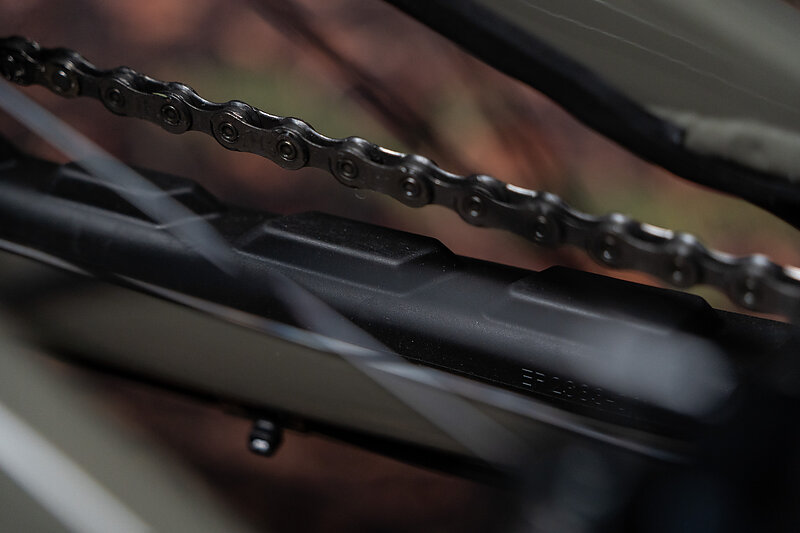
The second is that I found the Spectral’s rear suspension to feel pretty vague. I’d speculate that this is thanks to the combination of a fairly progressive suspension curve, and a progressive shock. The Spectral has around 29 percent progression in its linkage, which means that it has plenty of ramp for coil shocks. But the Float X spec'd here is one of the most progressive options on the market. I’ve run into this sensation before on progressive bikes fit with the Float X, so this isn’t an outlier.
The suspension is so active off the top, so eager to get into its travel, but then doesn’t provide quite as predictable a platform to jump or pump off of. I swoop down into the last third of the travel, and don’t have that nice snappy platform that allows me to really drive the bike. That very active suspension is paired with a somewhat loud, clunky, and slappy drivetrain. The rear end of this bike is not quiet on anything but the smoothest trails.
Again, this is partly a personal issue. This isn’t the first progressive Float X equipped bike that’s given me this sensation. But combined with that rear end flex, it just made the bike feel less predictable and less confidence-inspiring than other bikes of this travel I’ve ridden. It can handle most trails, but it doesn’t excel on the gnarlier end of the spectrum, and it never egged me on to reach for that trail double, pump the backside, and try to shave a couple seconds off my time.
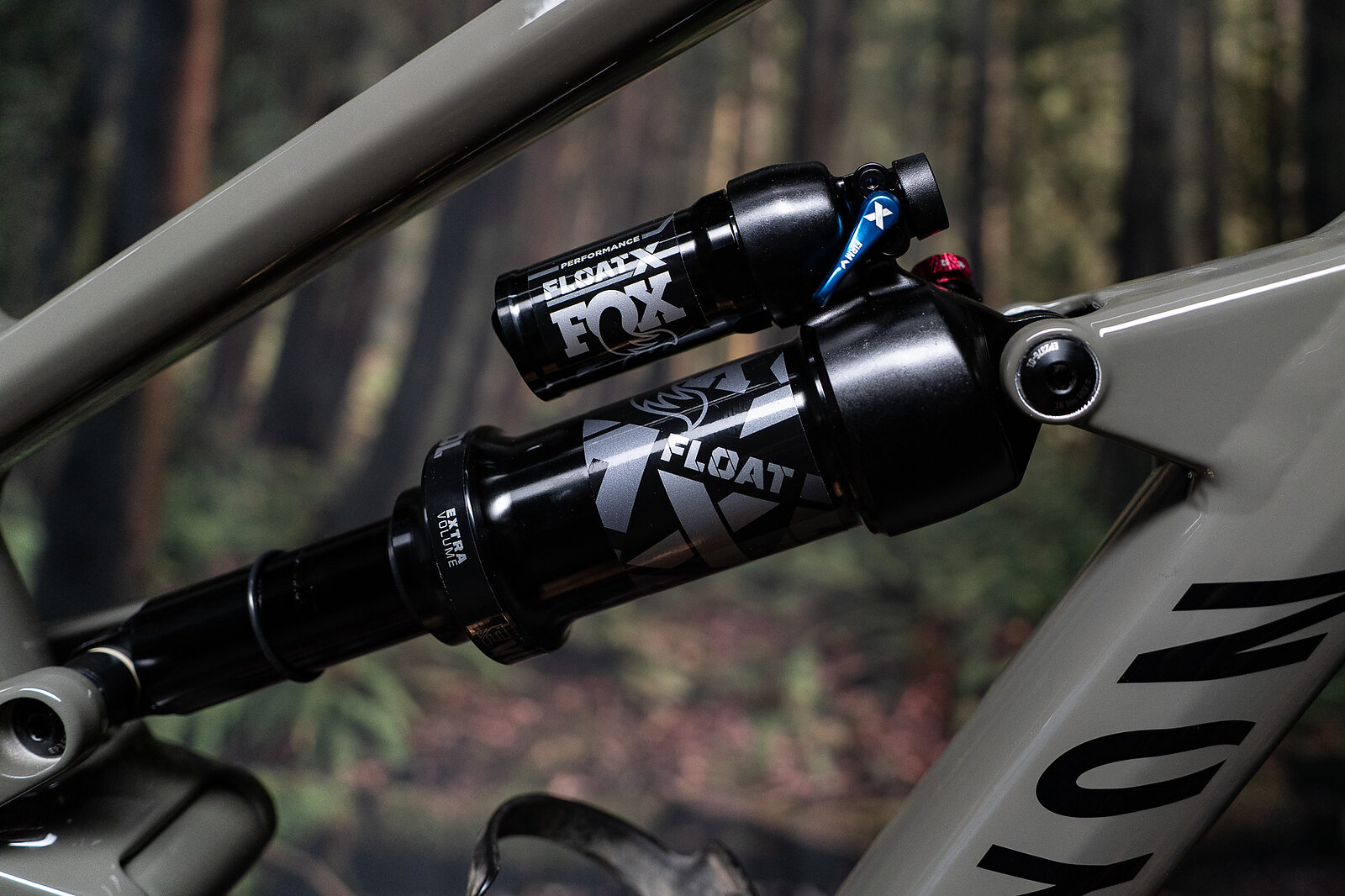
In some ways, I think that’s a good thing. Ideally, this aluminum Spectral will open up an affordable option for folks whose priorities generally point them away from other aluminum bikes. If you want a capable, affordable 140-ish millimeter travel bike that weighs north of 35 pounds and is optimized for sessioning jumps and getting rowdy, there are plenty of options on the market. But if that’s not your jam, if you just want to go on big singletrack rides and weight matters to you, the new alloy Spectral is a great starting point. It’s lighter than many carbon frames, and you can get the cheapest build for just $2,500, which is less than some brands charge for an alloy frame alone.
For Now
In some ways the new Canyon Spectral AL 6 is “boring.” It takes an award-winning formula from the carbon version, and makes it even more affordable. But look below that veneer, and you’ll find an absurdly light, absurdly affordable bike with a solid build that’s available via non-traditional distribution channels.
Learn more: Canyon
